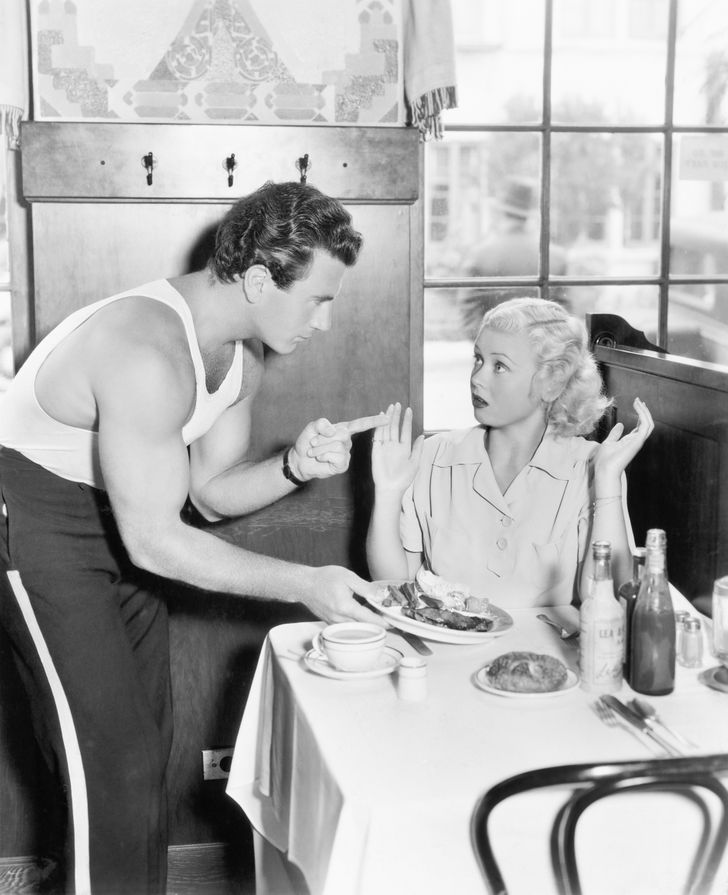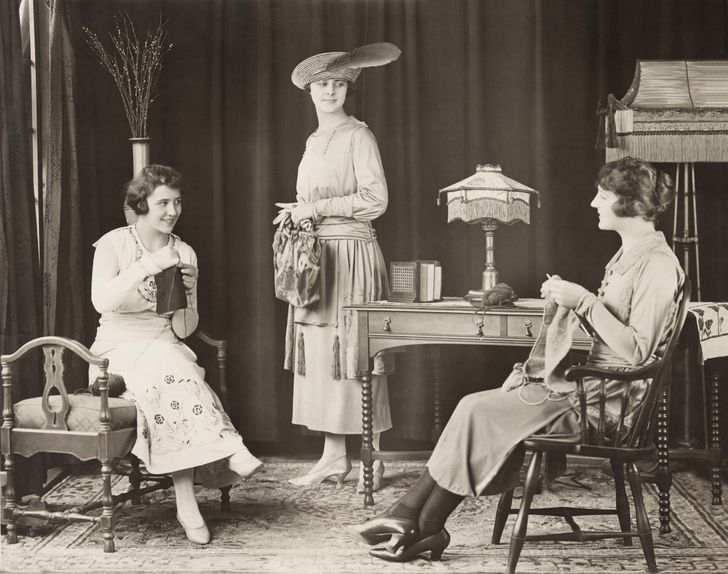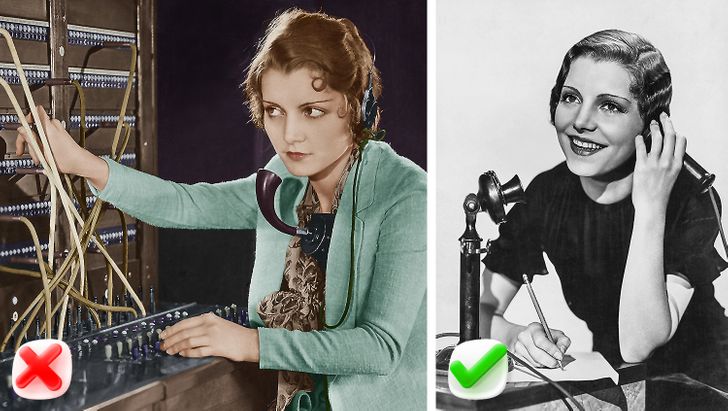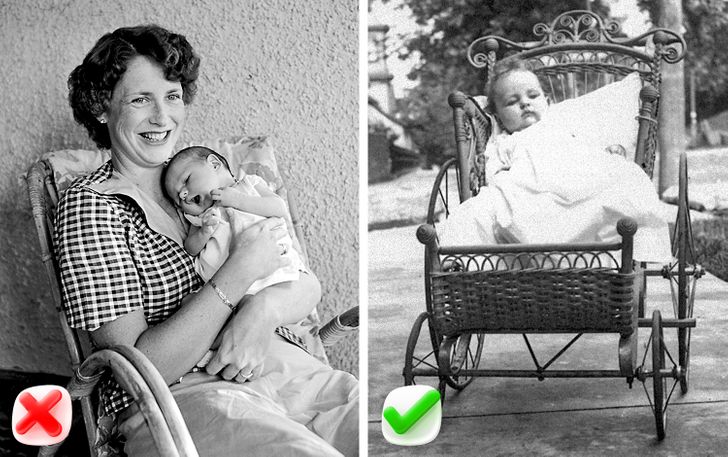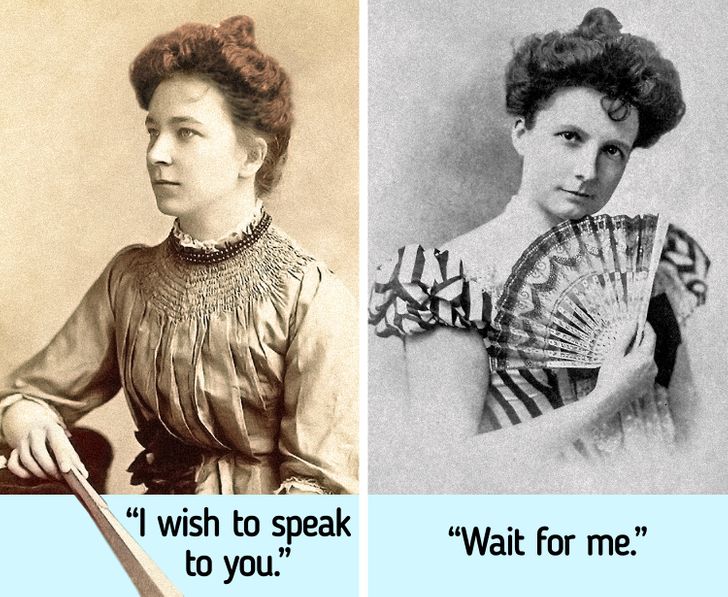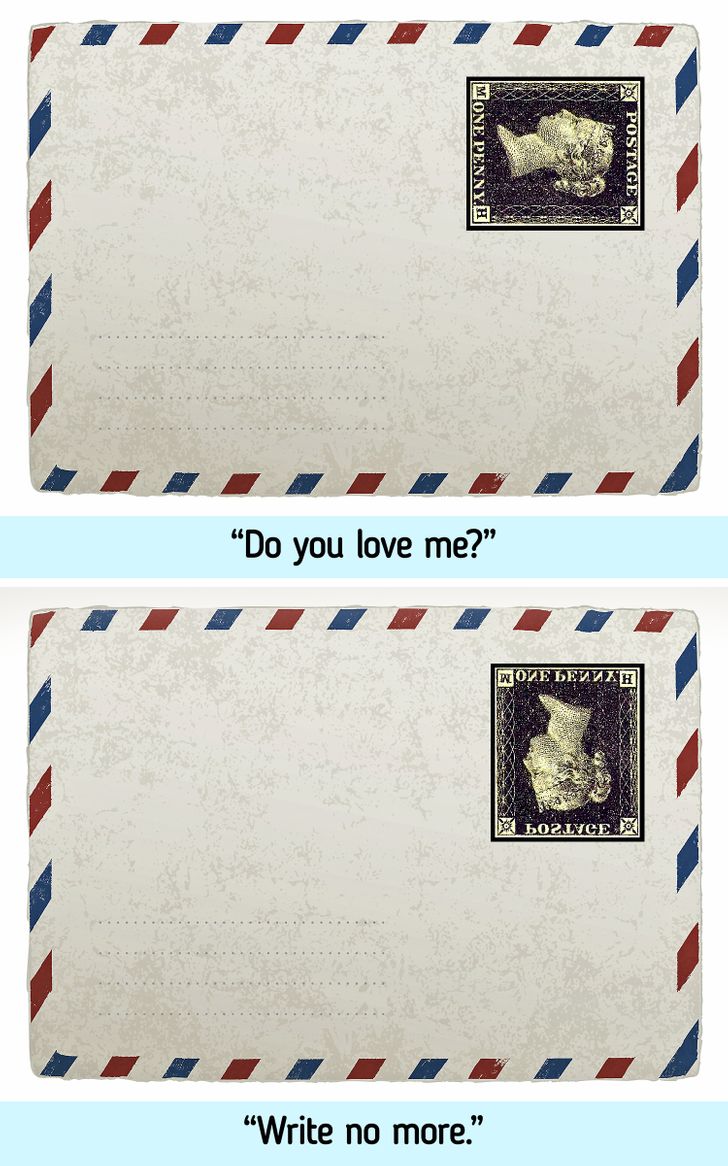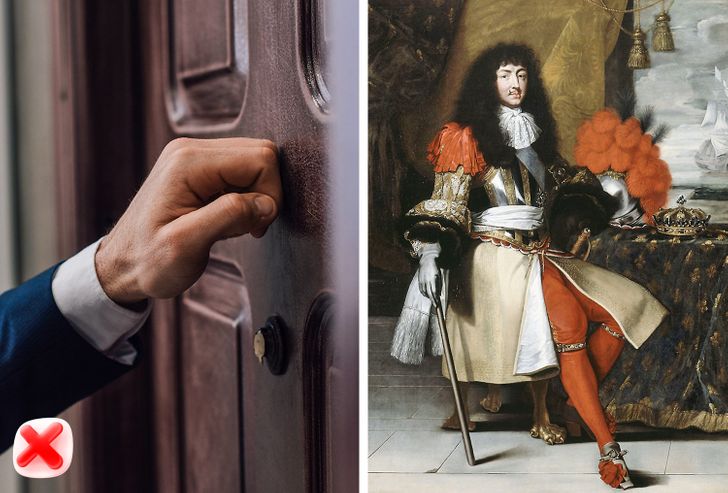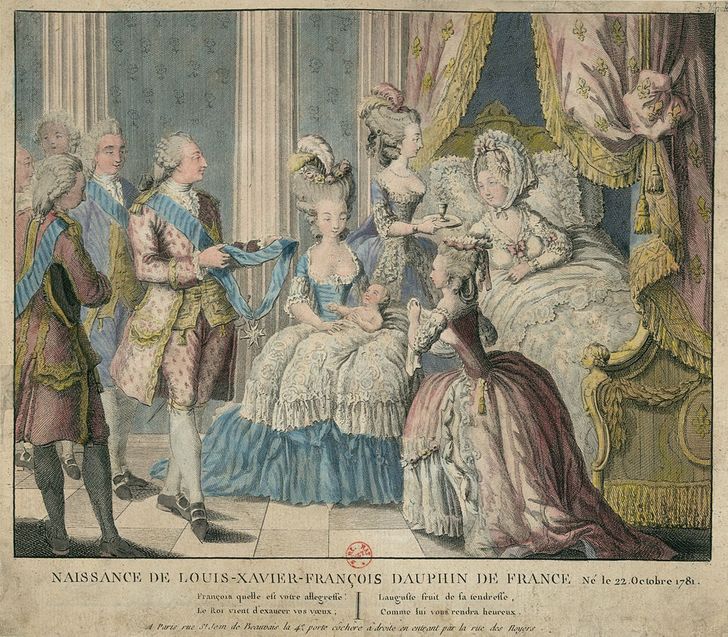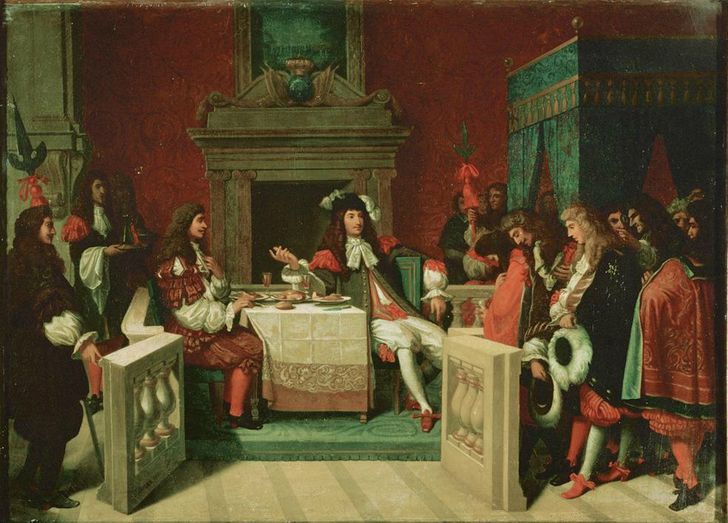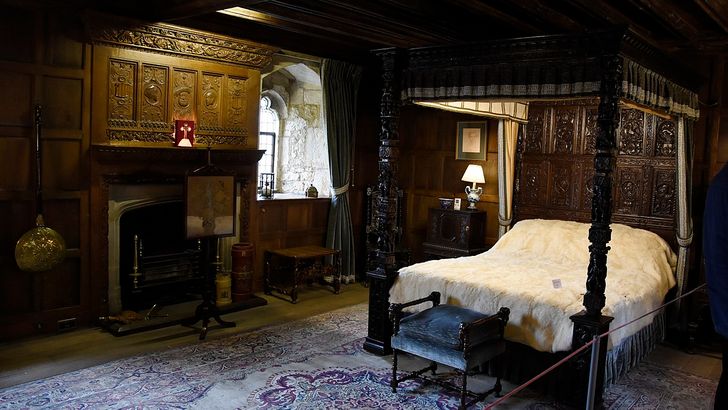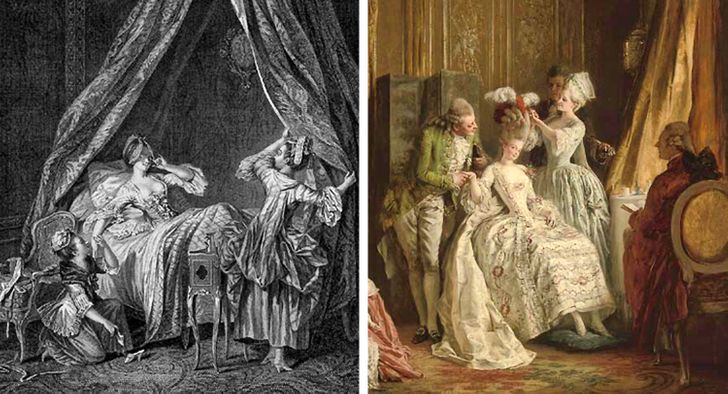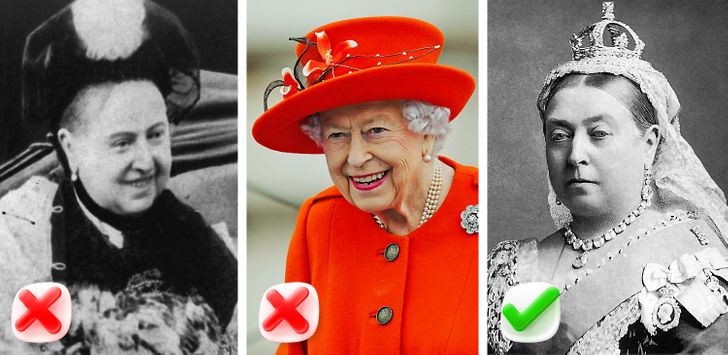People didn't smile in older pictures because it took a very long time to take a photo and smiling actually started to hurt after a while.
12 Crazy Etiquette Rules From the Past Everyone Had to Follow
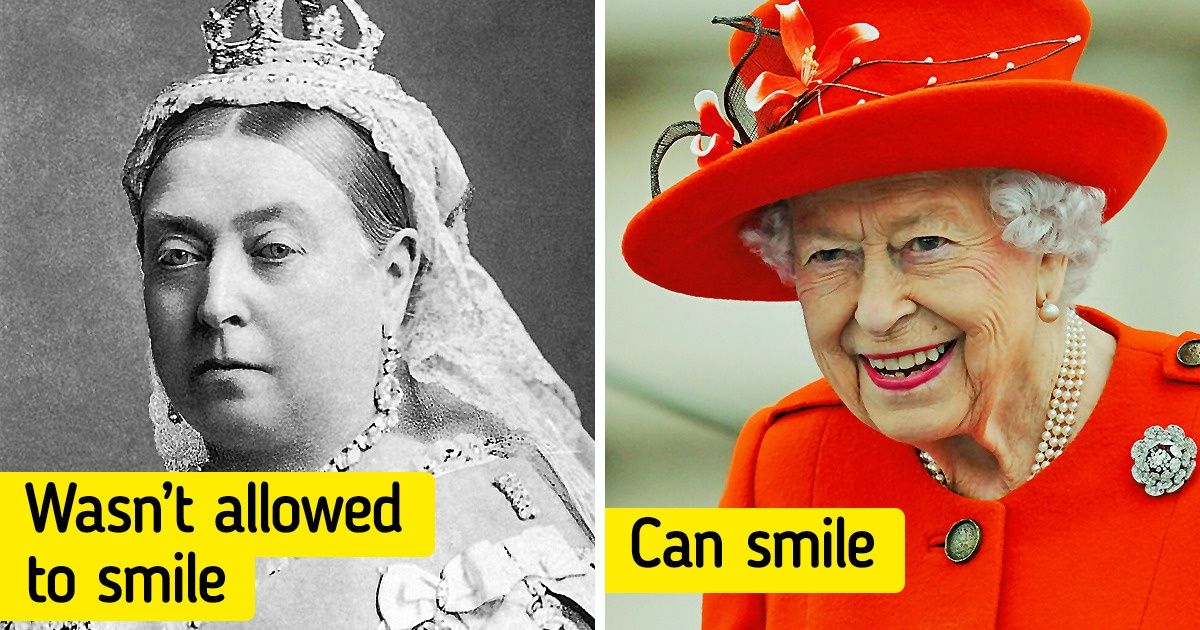
There are many things from the past that might seem weird to us today, and some historical etiquette rules are definitely included. But people in the past had to take these rules seriously if they wanted to fit into society. That’s why even though they might seem strange from a modern perspective, they can offer us a broader understanding of what everyday life looked like in the past.
We at Bright Side have collected some of the strangest etiquette rules from the past centuries and decided to share them with you.
1. Men used to order for women in restaurants.
Even in the second half of the twentieth century, it was customary for the man to order a woman’s food at a restaurant. A gentleman would, of course, first ask his partner what she would like to eat, but from a contemporary point of view, the gesture can still feel controlling.
2. Women could only give handmade gifts to men.
Proper etiquette was very important in the Victorian era. If a woman wanted to give a gift to a man, she had to make it herself. The ability to create gifts from scratch was a sign that the woman was going to be a good wife.
3. People were encouraged to smile when answering a call.
People who answered the phone were advised to smile while speaking, even if the person on the other end couldn’t see them. Even so, it was believed that a caller could notice whether someone was smiling or not by the tone of their voice.
4. Parents shouldn’t play with their newborns.
Parents were advised not to show affection to their babies in the first months after they were born. Experts at the beginning of the twentieth century thought that playing with a baby and picking them up whenever they were crying would only spoil them.
5. Victorian women used their fans to flirt.
Victorian women couldn’t flirt directly if they didn’t want to seem inappropriate. That’s why some of them turned to other means of communication, like by using fans to signal their interest. Closing a fan would imply that a lady wanted to speak with the receiver of her message, while opening it wide meant, “Wait for me.”
6. They also used stamps to signal secret messages.
Another form of secret communication included envelopes and postage stamps. The placing of the stamp and the angle it was placed on the envelope could mean many things. With a postage stamp placed at a right angle on the right corner, the Victorian lady or gentleman could ask the receiver whether or not they loved them. But if the stamp was placed upside down on the right corner, it meant that the writer of the letter didn’t want to receive an answer.
7. People in the court of Versailles had to scratch on the door instead of knocking.
The French king, Louis XIV, had an elaborate set of etiquette rules everyone in his court had to follow. The weirdest ones included scratching on the door instead of knocking when someone wanted to speak to the king. That’s why most courtiers grew out their nails on their pinky fingers.
8. Members of the royal family could receive visitors from their beds.
9. People watched Louis XIV eat in an elaborate ritual.
While the king dined with his family, people at court stood or sat on stools watching them. If visitors came to the court, they too could watch the royal family eat dinner. The closer to the royal table someone stood or sat, the more privileged they were considered.
10. Henry VIII had courtiers kiss his bed linens every morning to check for poison.
In the past, it was customary for kings and nobles to have a food taster that checked their meals for poison. But Henry VIII didn’t consider this precaution enough and had the people who made his bed kiss every part of it to make sure they didn’t try to poison him.
11. People watched the king and queen get dressed each morning.
In the court of the French king, Henry II, everyone from nobles to servants had to watch him get ready for the day. It was assumed that this improved their opinion about the monarch. Later, Louis XIV decided to include the custom among his elaborate etiquette rules as well.
12. Smiling too much in public was considered inappropriate.
In the nineteenth century, people didn’t associate a serious face with sadness. It was considered more appropriate to keep a neutral expression when others could see you. That’s probably one of the reasons why people didn’t smile in most photographs back in the day either.
Which of these etiquette rules surprised you the most? Would you like to add anything else to the list?
Got some cool photos or stories and want to be featured on Bright Side? Send them all right HERE and right now. Meanwhile, we’re waiting!
Comments
The Corset, High Heels, Purses and a number of other things for the longest time were used Primarily for Men, it was only later that Women took over these Fashion Accessories.
Related Reads
I Absolutely Refuse to Tolerate My DIL’s Laziness, My Son Deserves a Wife, Not a Freeloader

10 Moments That Proved the Worst Betrayal Comes From Home
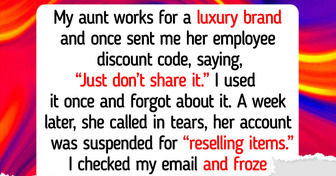
11 Stories That Prove Kindness Is Not Weakness, It’s a Healing Superpower

I Refuse to Forgive My Parents—They Bought My Brother a House and Left Me With ‘Sorry’

My Son Banned Me From Seeing My Grandkids, So I Finally Taught Him the Lesson He Needed

I Refuse to Let My Father’s Secret Love Child Steal My Inheritance

15+ Unforgettable Gifts That Made an Everlasting Impression
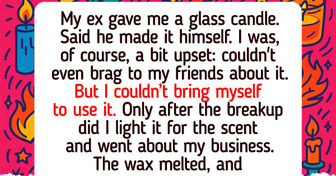
12 Unseen Sacrifices Moms Make to Put Their Kids First

I Refuse to Let the Former Owner Get Married in My Backyard—My Kindness Stops Here
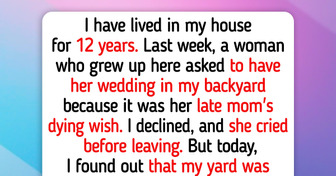
My Husband Made Me Care for His Sick Mother, So I Served a Payback He Won’t Forget

15 Stories That Show Kindness Is the Quiet Power the World Often Forgets

I’m Not Delaying My Retirement for My Sick Daughter — I’m Done Being Her Cash Cow

